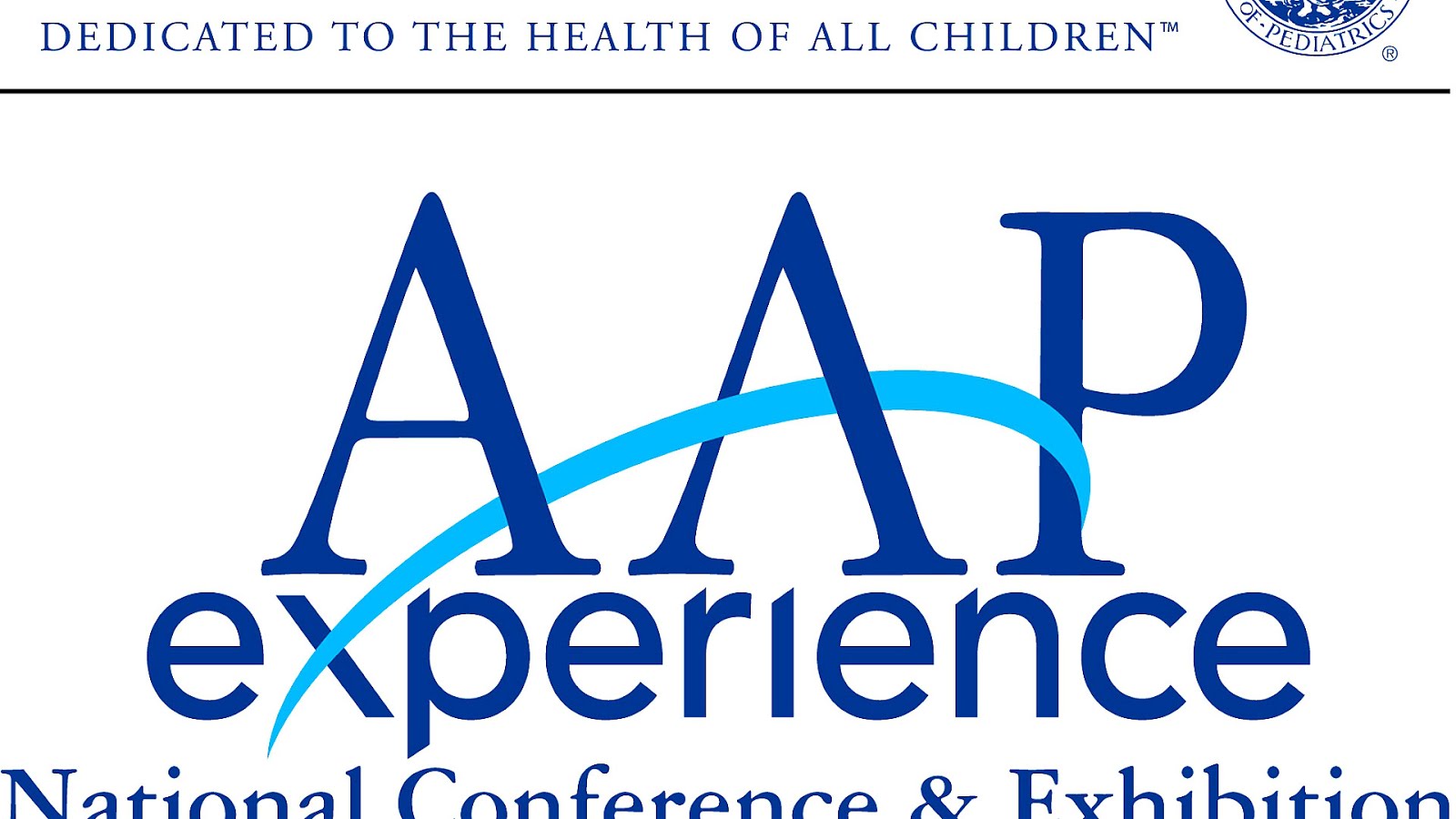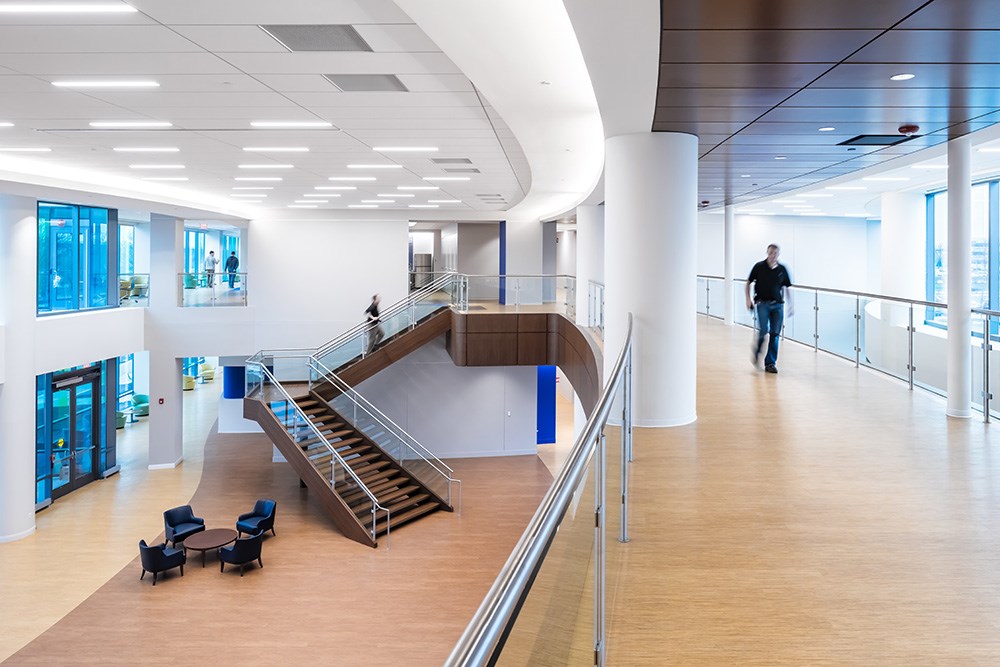As a parent, one of the biggest fears is the safety and well-being of your child. This is especially true when it comes to sleep, as it is a time when you are unable to actively monitor your baby. Sudden Infant Death Syndrome (SIDS) is a leading cause of death for babies under the age of 1, and it is a parent's worst nightmare. However, there are steps you can take to reduce the risk of SIDS and ensure your baby has a safe and restful sleep. The American Academy of Pediatrics recommends following safe sleep practices to protect your little one from SIDS.Understanding SIDS and the Importance of Safe Sleep for Babies
One of the most important factors in reducing the risk of SIDS is creating a safe sleep environment for your baby. This means ensuring that their sleep space is free from hazards and promoting safe sleeping habits. The first step is to make sure your baby's sleep area is clutter-free. Remove any pillows, blankets, toys, or other objects that could potentially obstruct their breathing. It is also recommended to keep your baby's sleep area separate from yours, such as in a crib or bassinet. This can help prevent accidental suffocation or rolling over onto your baby while you sleep.Creating a Safe Sleep Environment
The American Academy of Pediatrics recommends placing your baby on their back to sleep for every sleep time until they are able to roll over on their own. This is the safest sleeping position for babies and can significantly reduce the risk of SIDS. It is important to note that once your baby is able to roll over on their own, you do not need to continually place them on their back if they roll over onto their stomach during sleep. However, always start them off on their back and make sure their sleep space is free from hazards.Back to Sleep
Another important aspect of safe sleep for babies is ensuring their face is not obstructed during sleep. This means avoiding sleep positions that can cause their face to become buried in the mattress or other objects. It is important to always place your baby on a firm, flat surface to sleep, as soft surfaces like couches or adult beds can pose a suffocation risk. Additionally, avoid using loose bedding, such as blankets or bumpers, which can increase the risk of suffocation or strangulation.Keep Your Baby's Face Clear of Obstructions
While it is important to follow safe sleep practices during nighttime sleep, it is equally important to do so during naptime. Make sure your baby's sleep environment is the same for both naps and nighttime sleep. This means using a crib or bassinet and following the same safe sleep guidelines for positioning and removing hazards. If your baby is napping in a different location, such as at a daycare or grandparent's house, make sure to communicate these safe sleep practices to the caregiver.Safe Sleep Practices for Naps
The American Academy of Pediatrics recommends room sharing for the first 6-12 months of your baby's life. This means having your baby sleep in a separate crib or bassinet in your room, rather than sharing a bed. While many parents may find bed sharing to be convenient and comforting, it can increase the risk of SIDS. If you do choose to bed share, make sure to follow safe sleep guidelines and keep your baby's sleep space free from hazards.Room Sharing vs. Bed Sharing
As a parent, it can be overwhelming to think about all the potential risks your baby may face. However, by following safe sleep practices, you can significantly reduce the risk of SIDS and provide a safe sleeping environment for your little one. Remember to always place your baby on their back to sleep, keep their sleep space free from hazards, and avoid bed sharing. By taking these precautions, you can rest assured that your baby is sleeping safely and soundly.Final Thoughts
The Importance of Safe Sleep Practices for Infants

The Dangers of Sleeping with Face in the Mattress
 As a new parent, ensuring the safety and well-being of your baby is always a top priority. However, a recent study has raised concerns about the potentially dangerous habit of
infants sleeping with their faces in the mattress
. This behavior, also known as face-down sleeping, can increase the risk of
Sudden Infant Death Syndrome (SIDS)
, a leading cause of death in infants under 12 months old. It is important for parents to understand the potential dangers of this sleeping position and take necessary precautions to ensure safe sleep for their little ones.
As a new parent, ensuring the safety and well-being of your baby is always a top priority. However, a recent study has raised concerns about the potentially dangerous habit of
infants sleeping with their faces in the mattress
. This behavior, also known as face-down sleeping, can increase the risk of
Sudden Infant Death Syndrome (SIDS)
, a leading cause of death in infants under 12 months old. It is important for parents to understand the potential dangers of this sleeping position and take necessary precautions to ensure safe sleep for their little ones.
The Risks of SIDS
 SIDS is a term used to describe the sudden and unexplained death of an infant under the age of one. It is a devastating tragedy that can occur during sleep, and its exact cause is still unknown. However, research has shown that certain factors can increase the risk of SIDS, including
sleeping on the stomach or side
. When an infant sleeps with their face in the mattress, they are unable to breathe properly and can suffocate. This can also lead to overheating, which is another risk factor for SIDS.
SIDS is a term used to describe the sudden and unexplained death of an infant under the age of one. It is a devastating tragedy that can occur during sleep, and its exact cause is still unknown. However, research has shown that certain factors can increase the risk of SIDS, including
sleeping on the stomach or side
. When an infant sleeps with their face in the mattress, they are unable to breathe properly and can suffocate. This can also lead to overheating, which is another risk factor for SIDS.
The Importance of Safe Sleep Practices
 To reduce the risk of SIDS, it is essential for parents to follow safe sleep practices recommended by pediatricians and health organizations. This includes placing infants on their
backs to sleep
, on a firm and flat surface, without any soft bedding or toys that can potentially cover their face. It is also recommended to avoid overheating the room or using heavy blankets, and instead opt for lightweight and breathable sleepwear. Additionally,
sharing a room
with the baby for the first six to twelve months has been shown to reduce the risk of SIDS.
To reduce the risk of SIDS, it is essential for parents to follow safe sleep practices recommended by pediatricians and health organizations. This includes placing infants on their
backs to sleep
, on a firm and flat surface, without any soft bedding or toys that can potentially cover their face. It is also recommended to avoid overheating the room or using heavy blankets, and instead opt for lightweight and breathable sleepwear. Additionally,
sharing a room
with the baby for the first six to twelve months has been shown to reduce the risk of SIDS.
The Role of House Design in Safe Sleep
 While following safe sleep practices is crucial, the design of your house can also play a role in ensuring a safe sleeping environment for your baby. When designing a nursery, it is important to choose a
cool and well-ventilated room
for the baby to sleep in. This can help prevent overheating and improve air circulation. Additionally, investing in a
safe and sturdy crib
with proper spacing between the slats and a firm mattress can also contribute to a safer sleeping environment.
In conclusion, while it may seem harmless for a 5-month-old to sleep with their face in the mattress, the potential risks of SIDS make it crucial for parents to follow safe sleep practices and create a safe sleeping environment for their baby. By understanding the dangers of this behavior and implementing proper precautions, parents can ensure their baby's safety and promote healthy sleep habits. Remember, a well-designed house can also play a role in providing a safe and comfortable space for your little one to rest peacefully.
While following safe sleep practices is crucial, the design of your house can also play a role in ensuring a safe sleeping environment for your baby. When designing a nursery, it is important to choose a
cool and well-ventilated room
for the baby to sleep in. This can help prevent overheating and improve air circulation. Additionally, investing in a
safe and sturdy crib
with proper spacing between the slats and a firm mattress can also contribute to a safer sleeping environment.
In conclusion, while it may seem harmless for a 5-month-old to sleep with their face in the mattress, the potential risks of SIDS make it crucial for parents to follow safe sleep practices and create a safe sleeping environment for their baby. By understanding the dangers of this behavior and implementing proper precautions, parents can ensure their baby's safety and promote healthy sleep habits. Remember, a well-designed house can also play a role in providing a safe and comfortable space for your little one to rest peacefully.







































